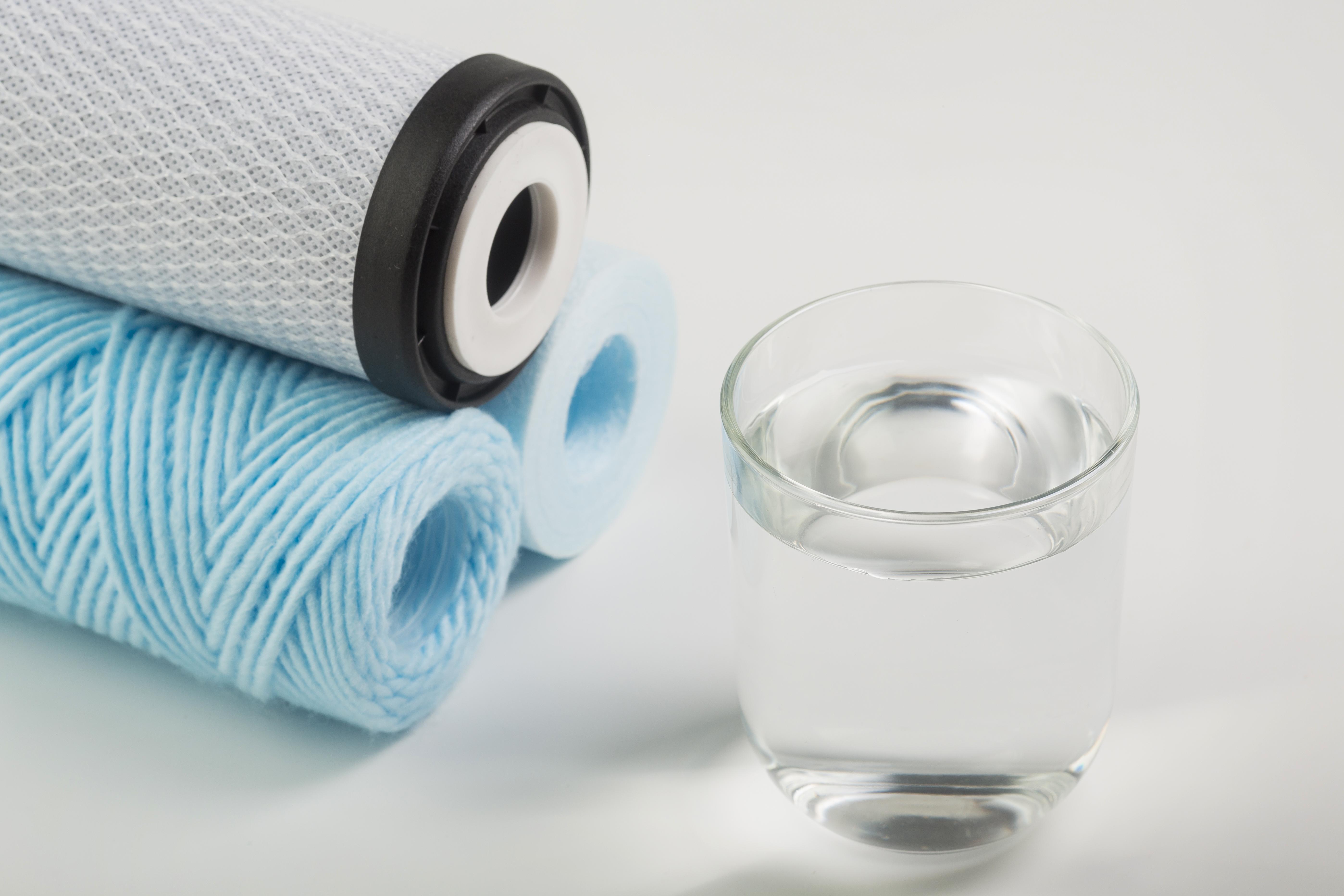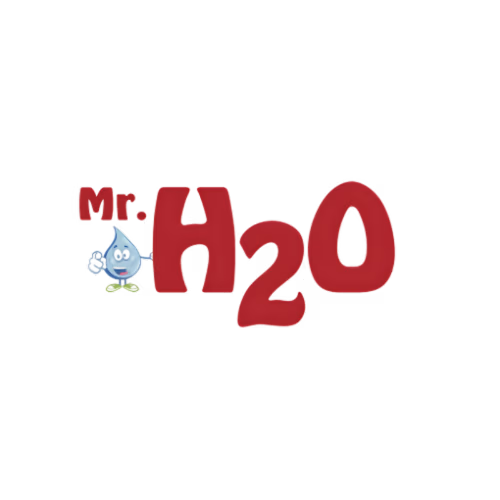.png)
Water filtration has always been an essential part of maintaining a healthy home, but in 2025, one topic continues to dominate the industry: PFAS contamination. Dubbed “forever chemicals” because they don’t naturally break down, PFAS are increasingly being found in drinking water supplies across the country—and consumers want solutions.

Nov 21, 2025

Water filtration has always been an essential part of maintaining a healthy home, but in 2025, one topic continues to dominate the industry: PFAS contamination. Dubbed “forever chemicals” because they don’t naturally break down, PFAS are increasingly being found in drinking water supplies across the country—and consumers want solutions.
PFAS (Per- and Polyfluoroalkyl Substances) are man-made chemicals used for decades in products like nonstick cookware, stain-resistant fabrics, firefighting foam, and food packaging. Their strength—and the reason they were widely used—comes from their chemical structure, which also makes them extremely difficult to remove from the environment.
Unfortunately, PFAS exposure has been linked to:
With new studies emerging every year, PFAS awareness has never been higher. Homeowners are demanding answers.
In the past two years, several states have introduced strict PFAS limits—some setting allowable levels at just 4 parts per trillion. Municipal water systems are struggling to keep up, leaving consumers searching for reliable home solutions.
This shift has turned PFAS filtration into one of the most discussed topics in the water treatment world.
Key reasons it’s trending:
Homeowners aren’t just looking for cleaner water; they’re looking for protection from emerging contaminants they didn’t even know existed a few years ago.
Not all filters can remove PFAS. In fact, most basic carbon filters make little to no impact. Only a few proven methods consistently reduce PFAS to safe levels.
Granular activated carbon is one of the most cost-effective PFAS treatment methods. It works by adsorbing PFAS molecules onto the surface of the carbon.
Best for:
Reverse osmosis is considered the gold standard for PFAS removal. It pushes water through a semipermeable membrane small enough to reject PFAS molecules entirely.
Best for:
A newer PFAS-fighting innovation, ion exchange resins replace harmful ions with safer ones. They often outperform carbon in situations involving long-chain PFAS chemicals.
Best for:
Consumers today are choosing between whole-home systems (which treat all incoming water) and point-of-use systems (which treat specific sources like kitchen sinks).
Whole-home systems:
✔ Protect showers, laundry, dishwashers
✔ Improve overall water quality
✖ More expensive
Point-of-use systems:
✔ Best tasting, safest drinking water
✔ Affordable and high-performance
✖ Doesn’t treat water used for bathing
Most homeowners start with reverse osmosis for drinking water, then add whole-home carbon filtration if contamination levels are high.
As PFAS regulations tighten, water filtration technology is evolving rapidly. Expect to see:
One thing is clear: PFAS filtration isn’t a trend—it’s becoming a household necessity.

Location:
Fernandina Beach, FL 32034
Call Us:
(904) 420-6565
Hours:
Mon-Sat 7:00 am - 7:00 pm
Sun 9:00 am - 5:00 pm
© 2025 Mr. H2O. All Rights Reserved.
Built By
Paxton Marketing